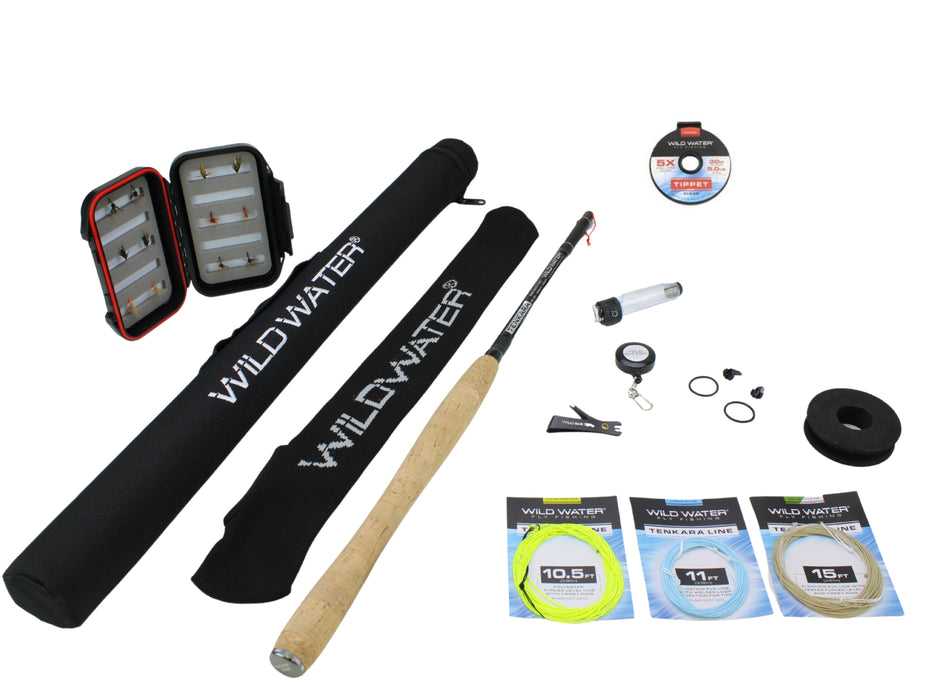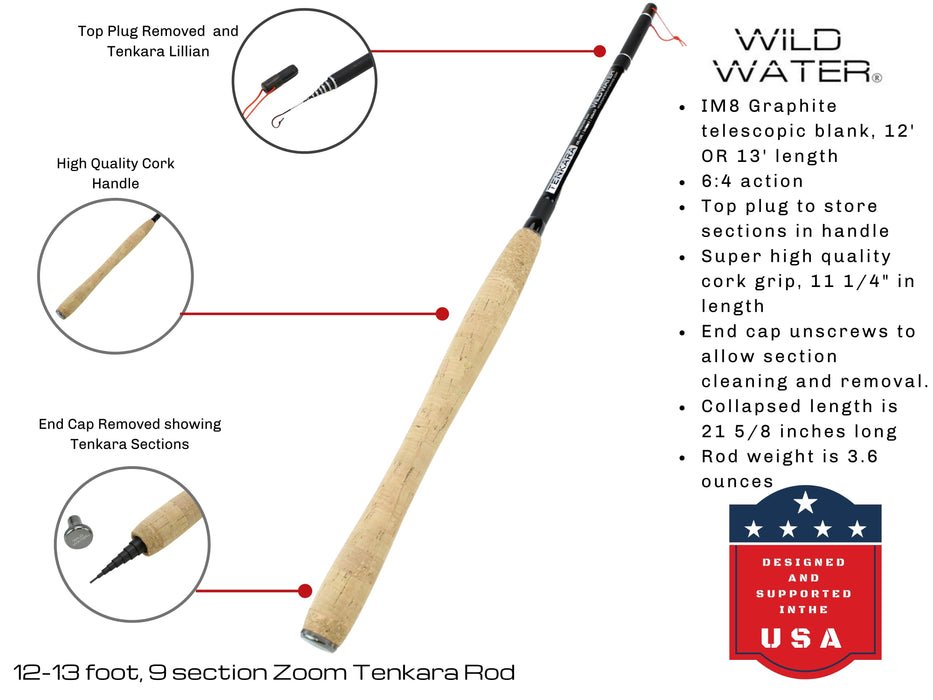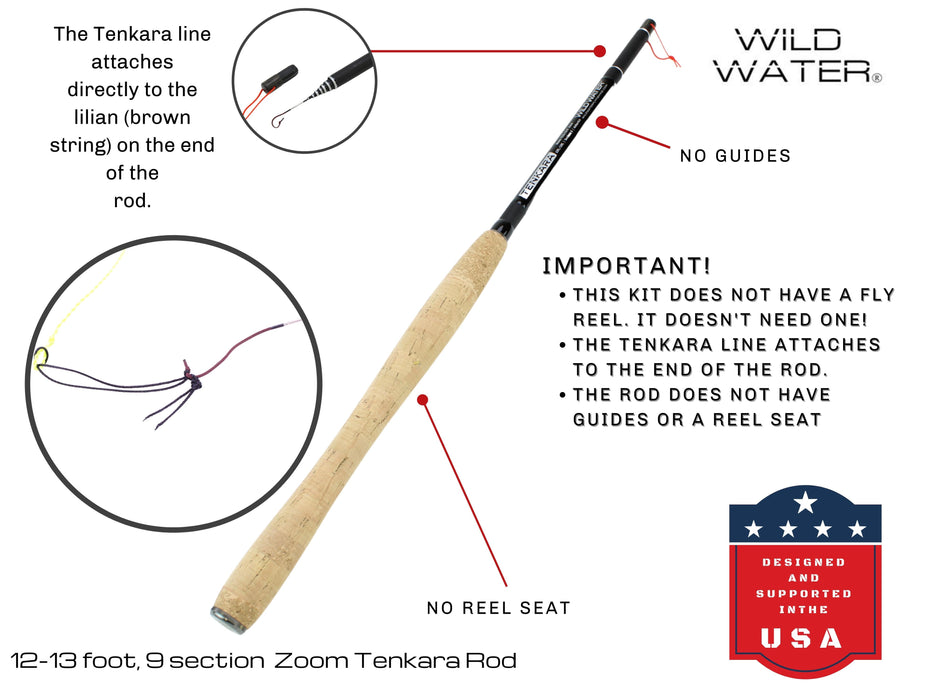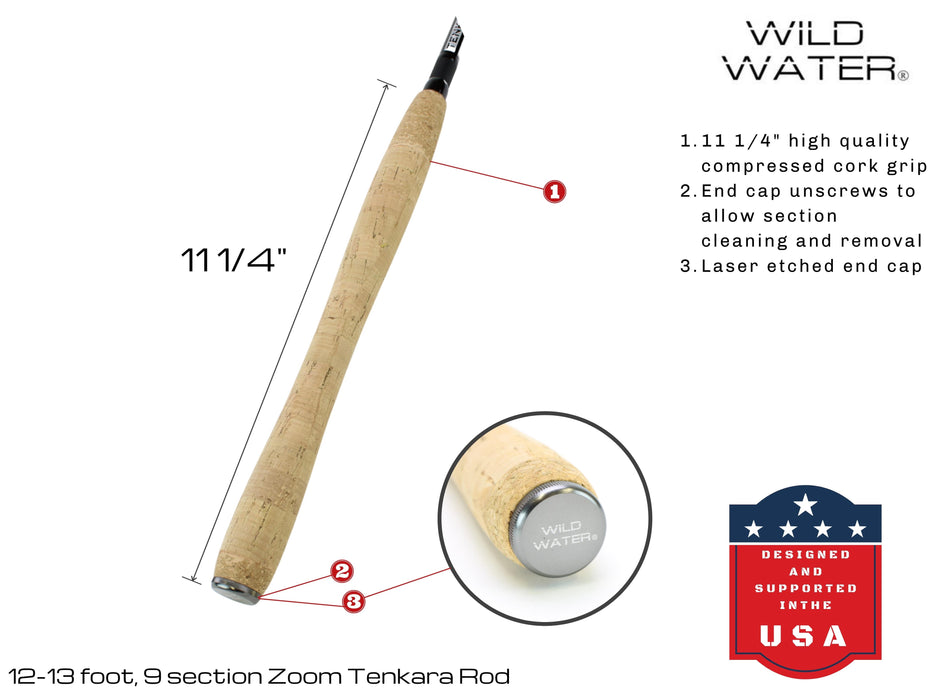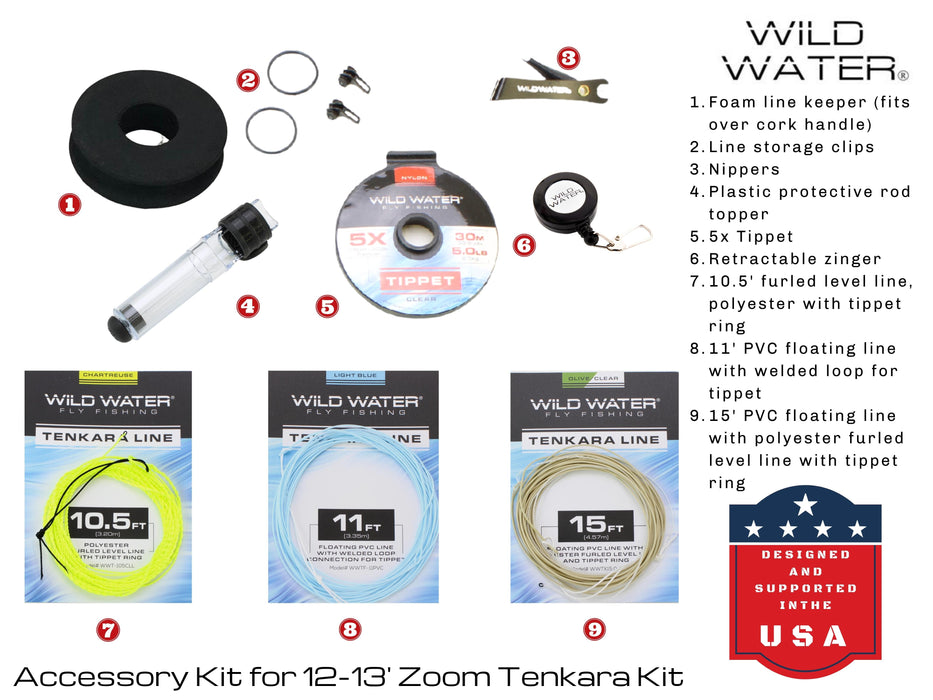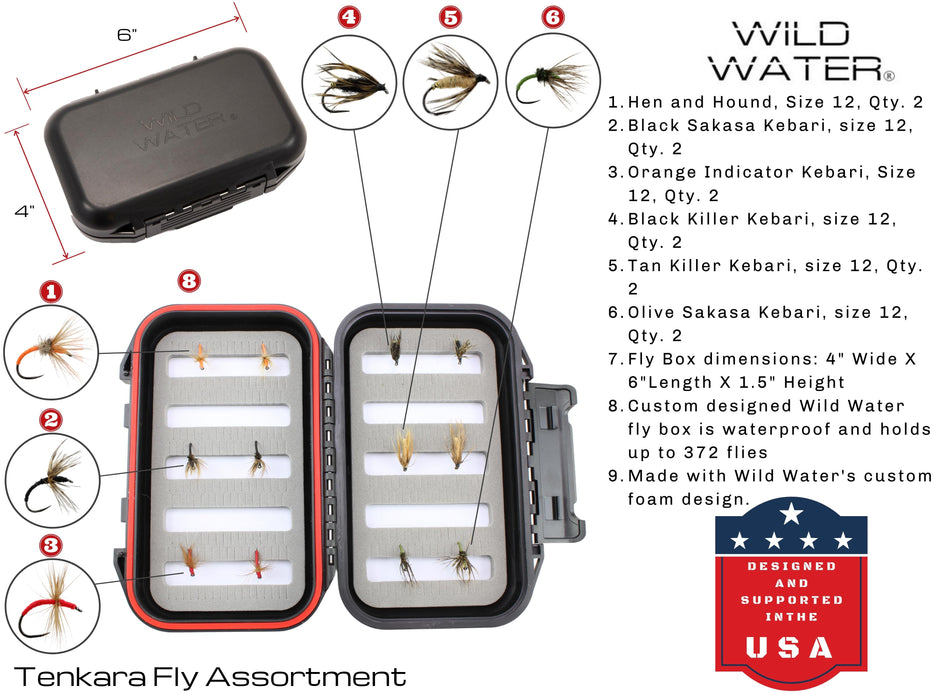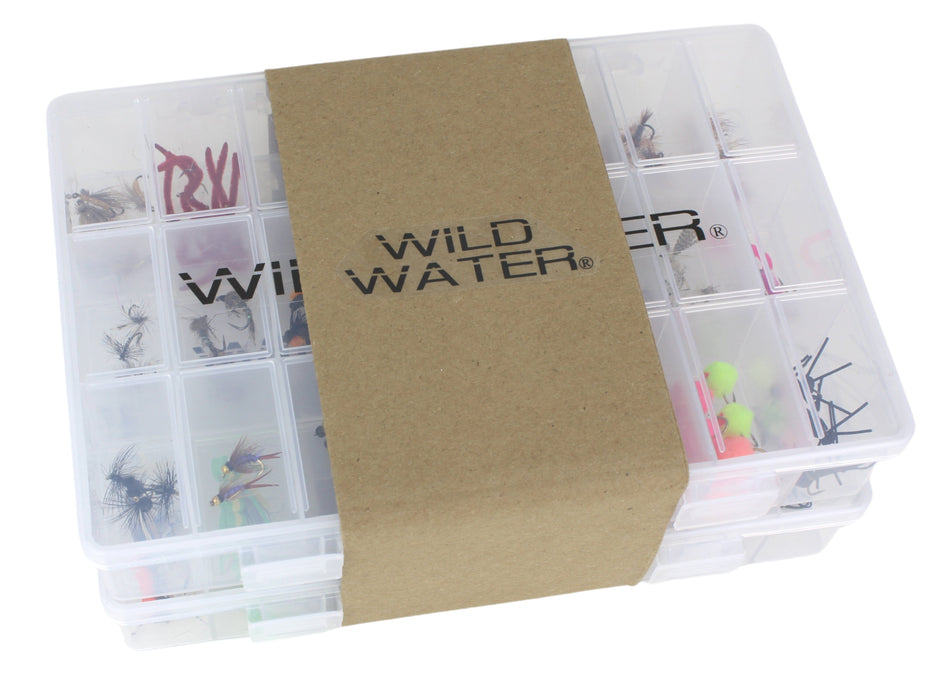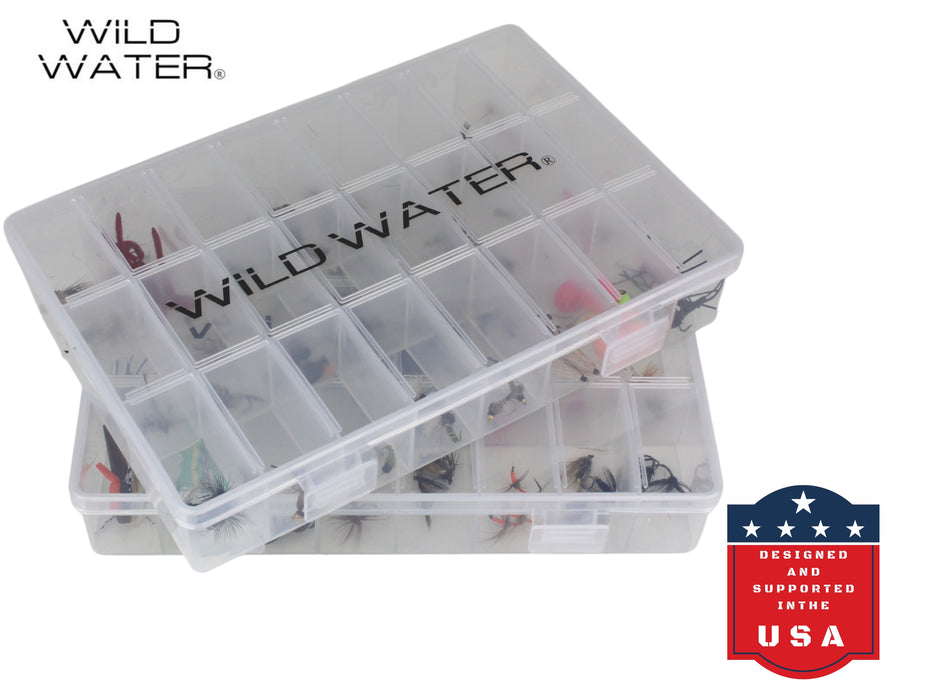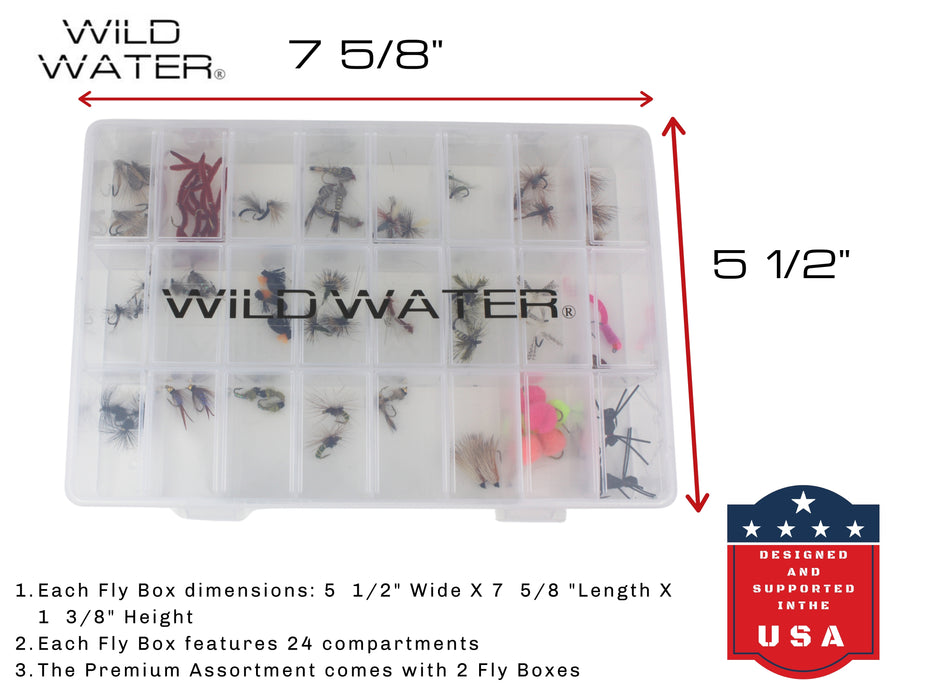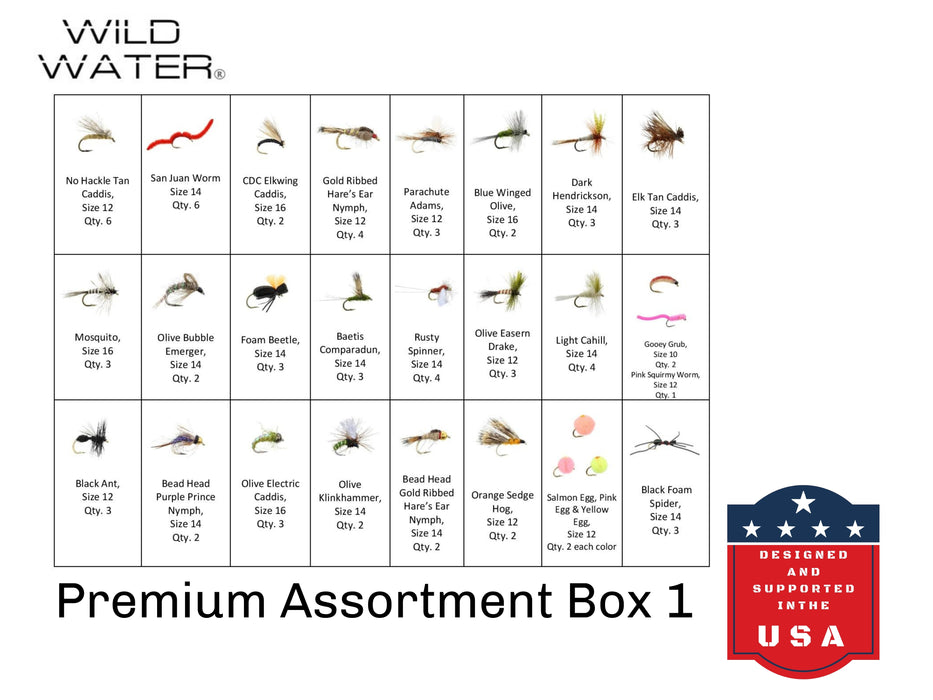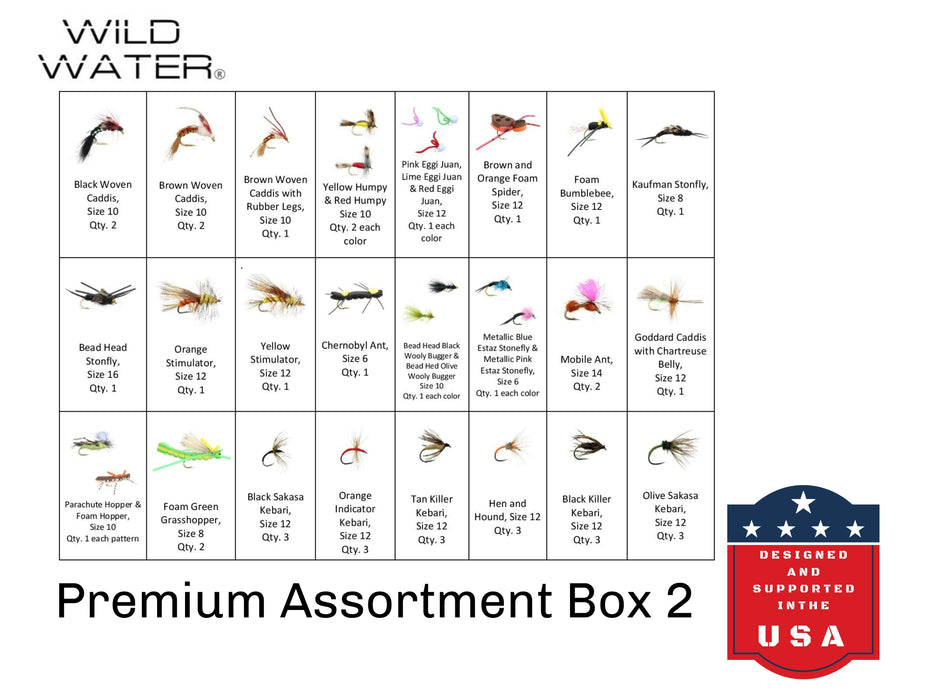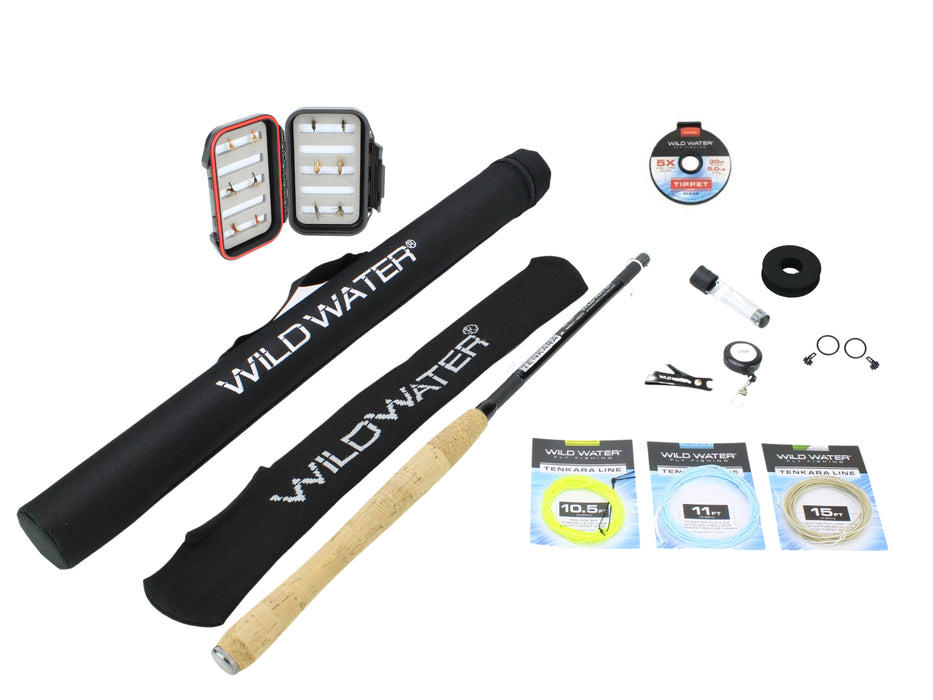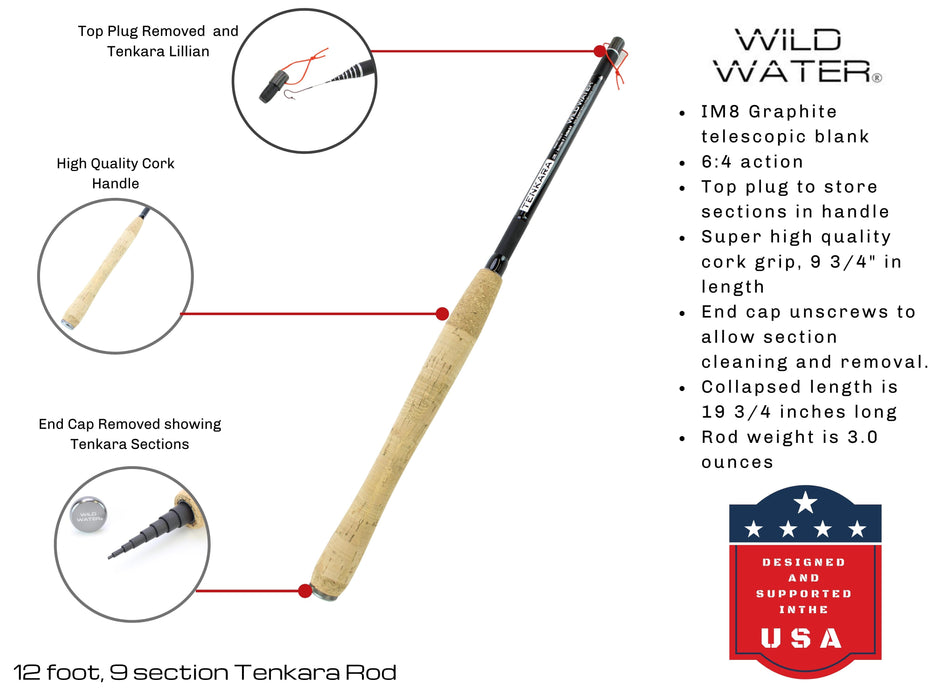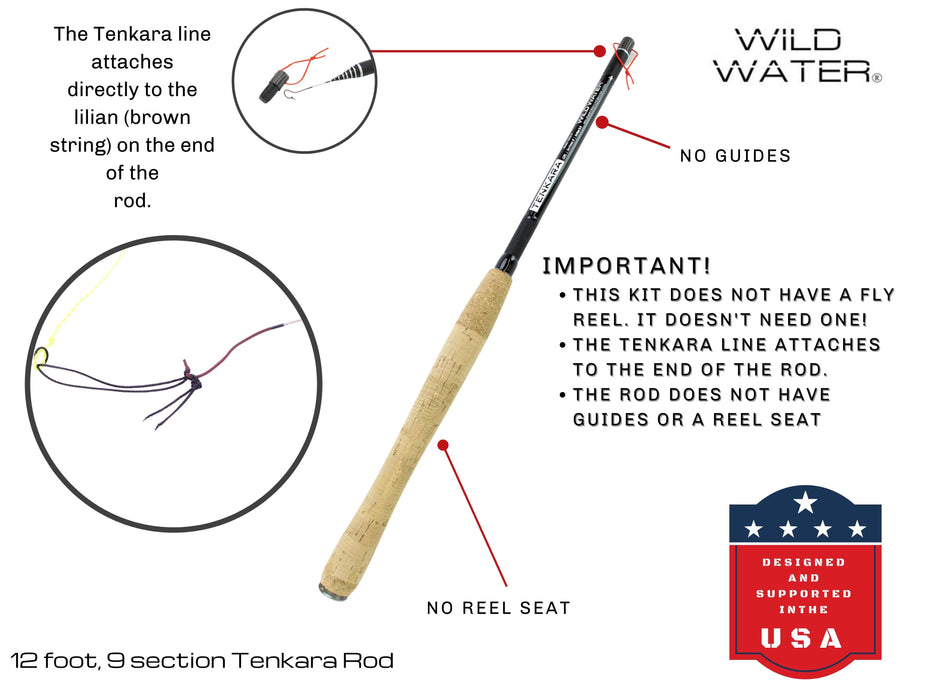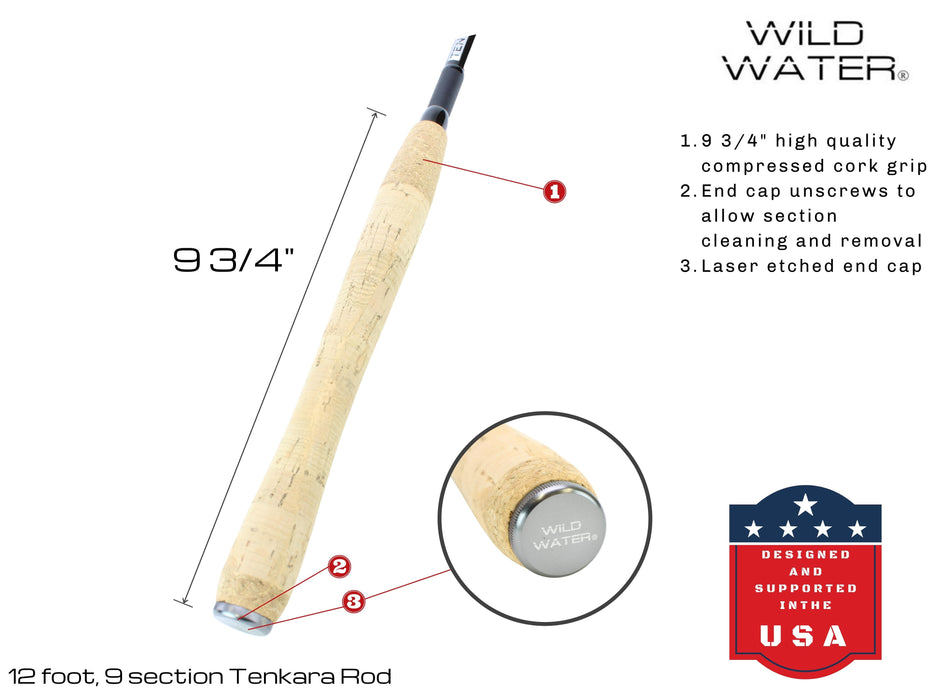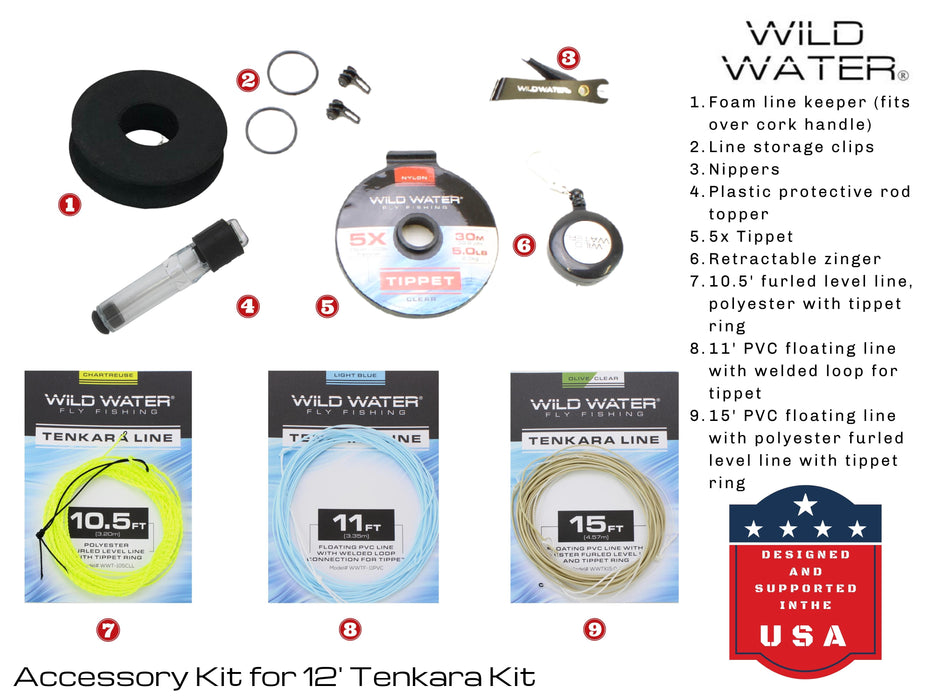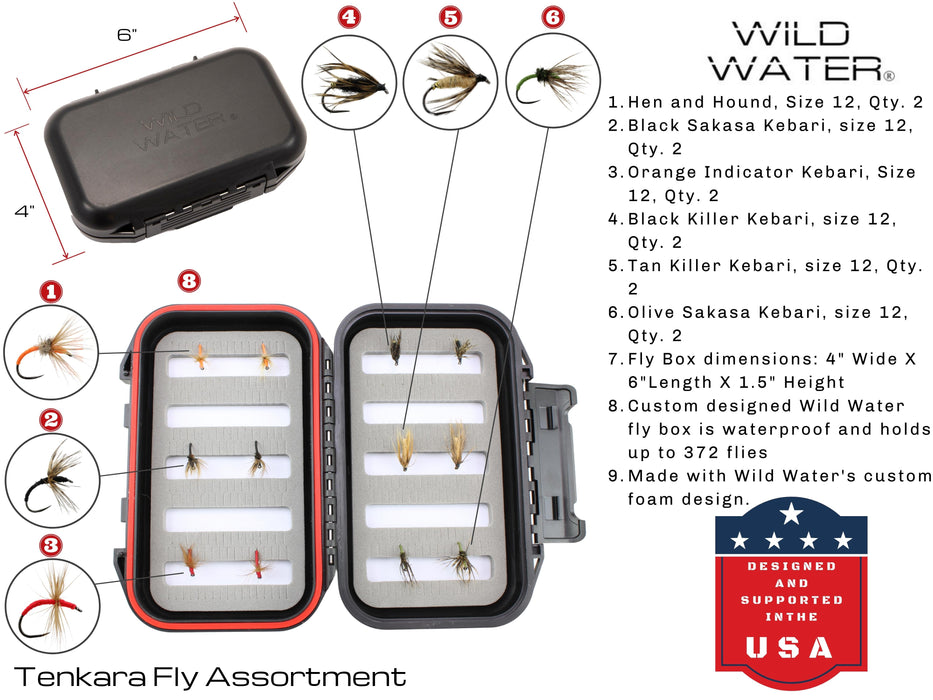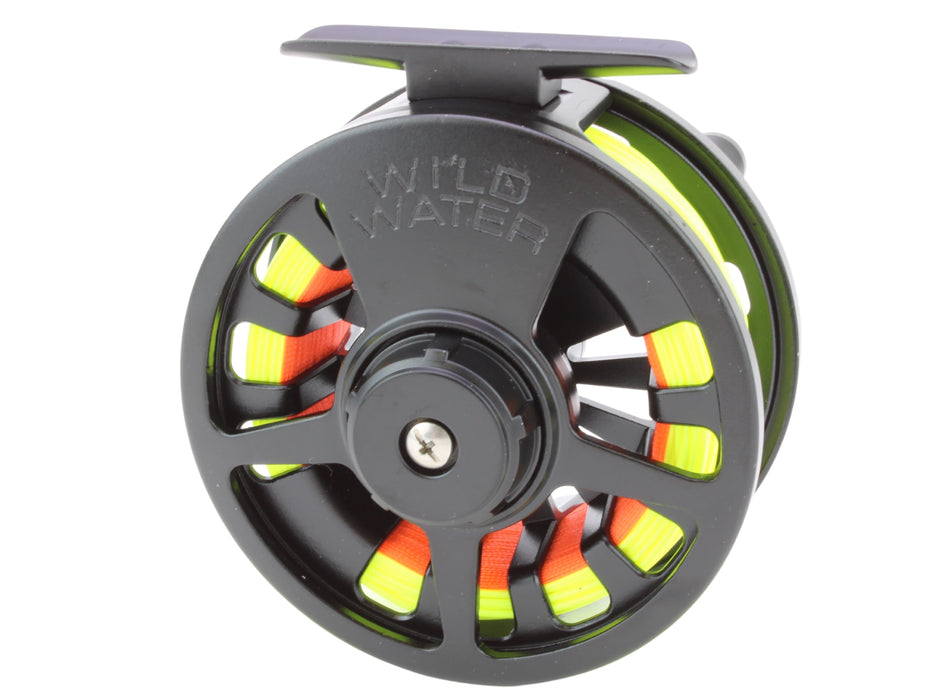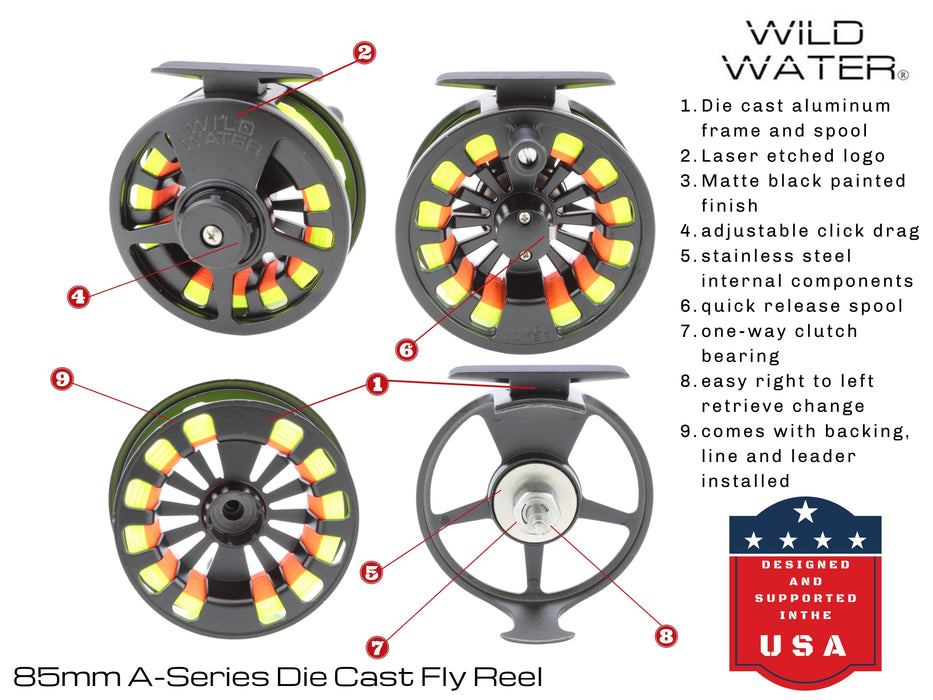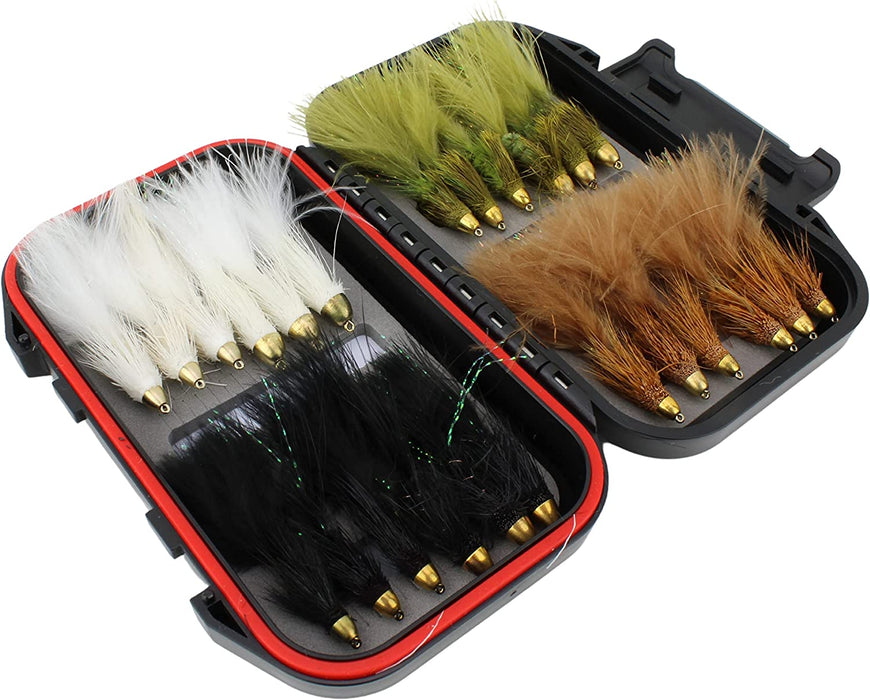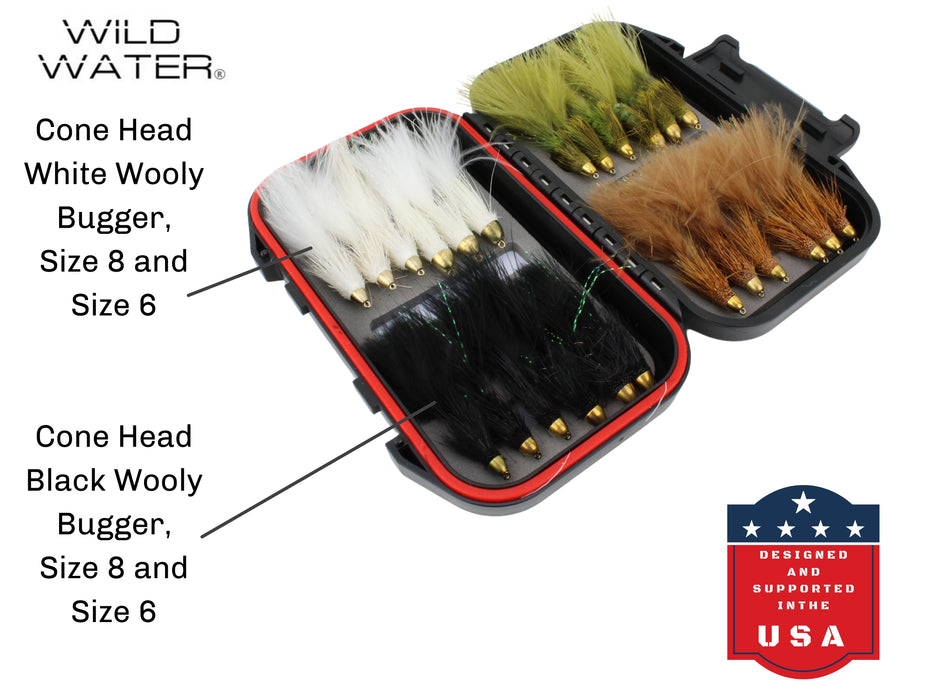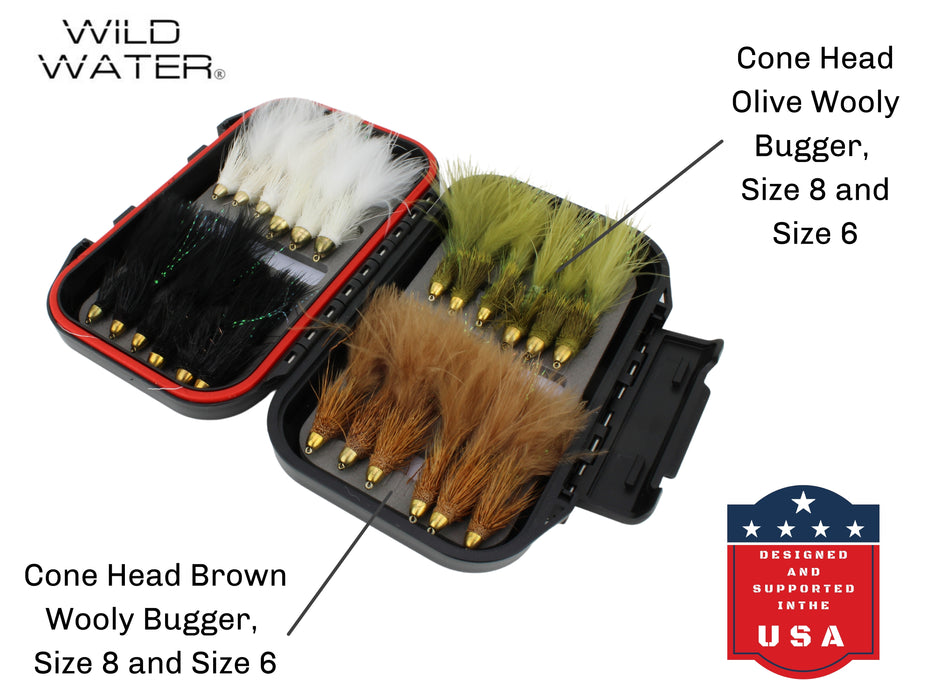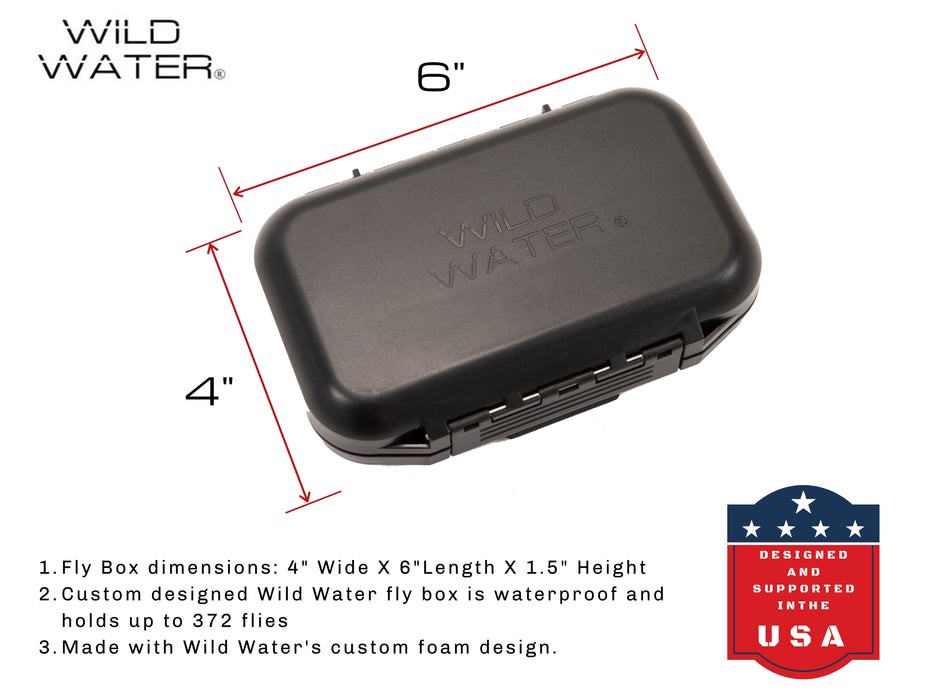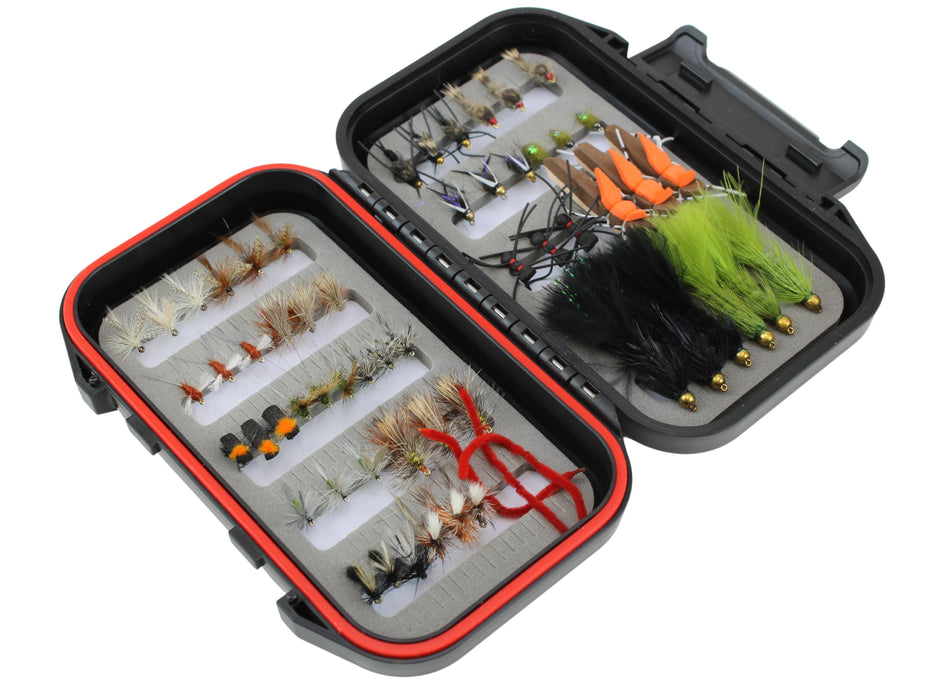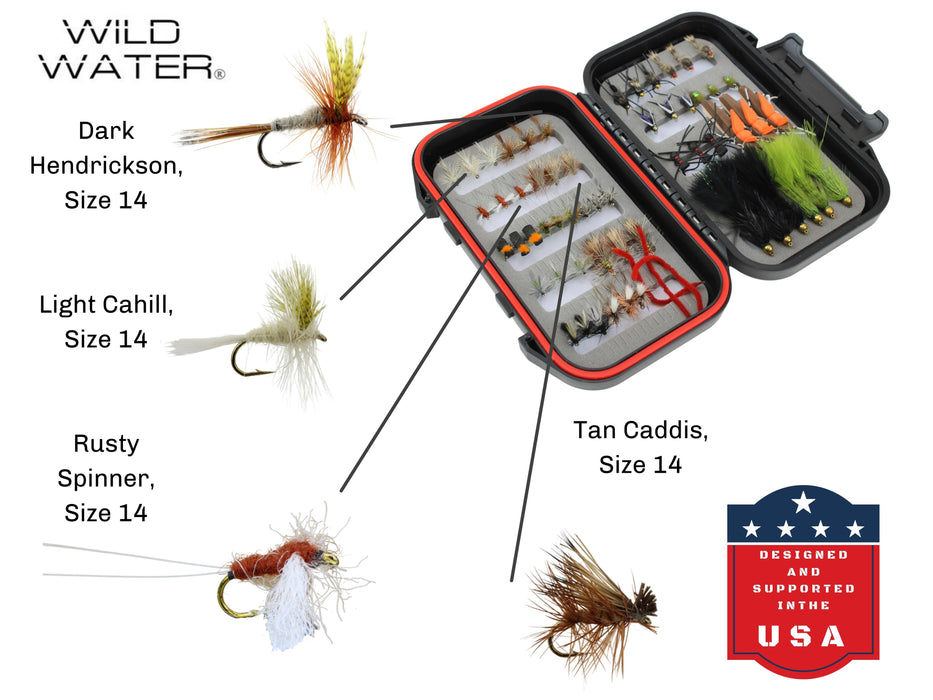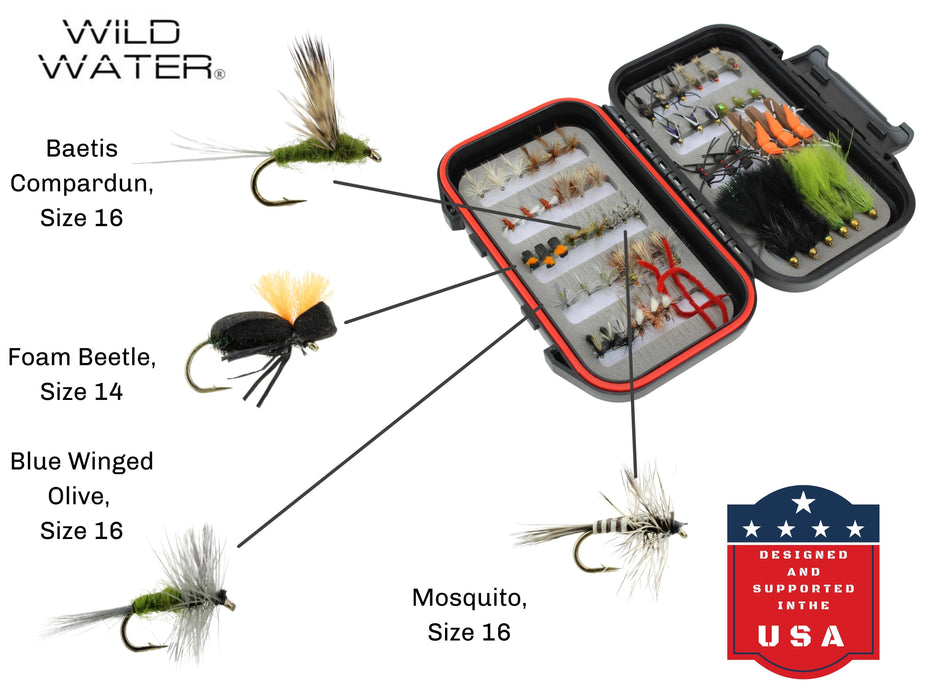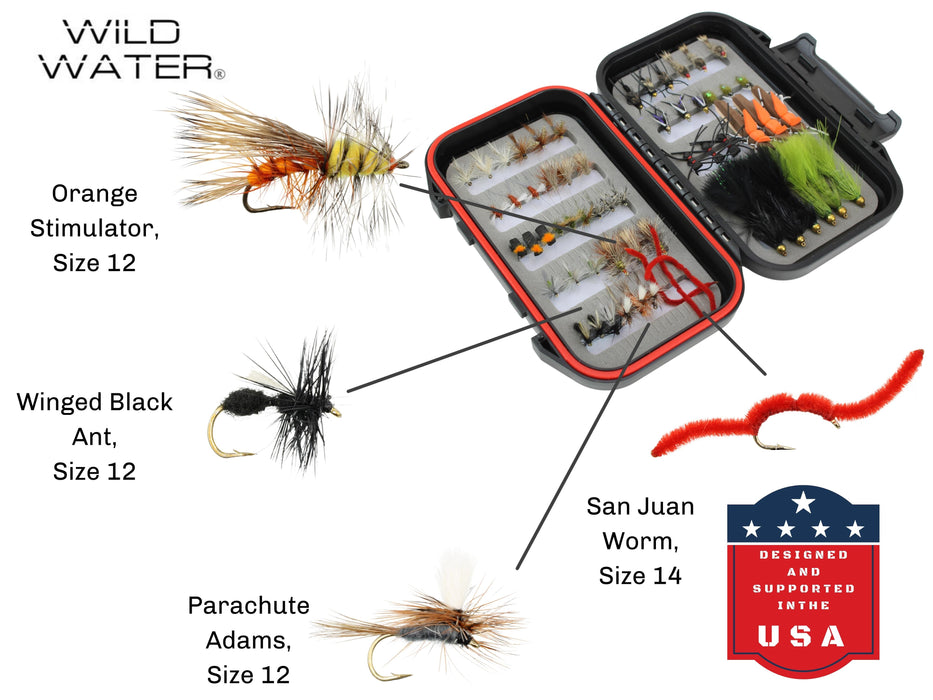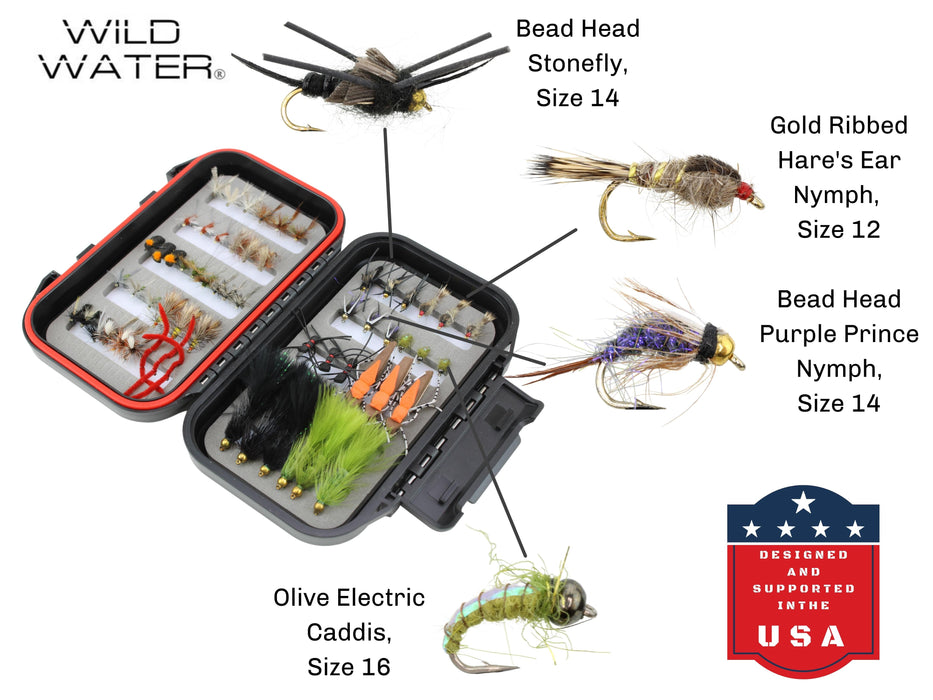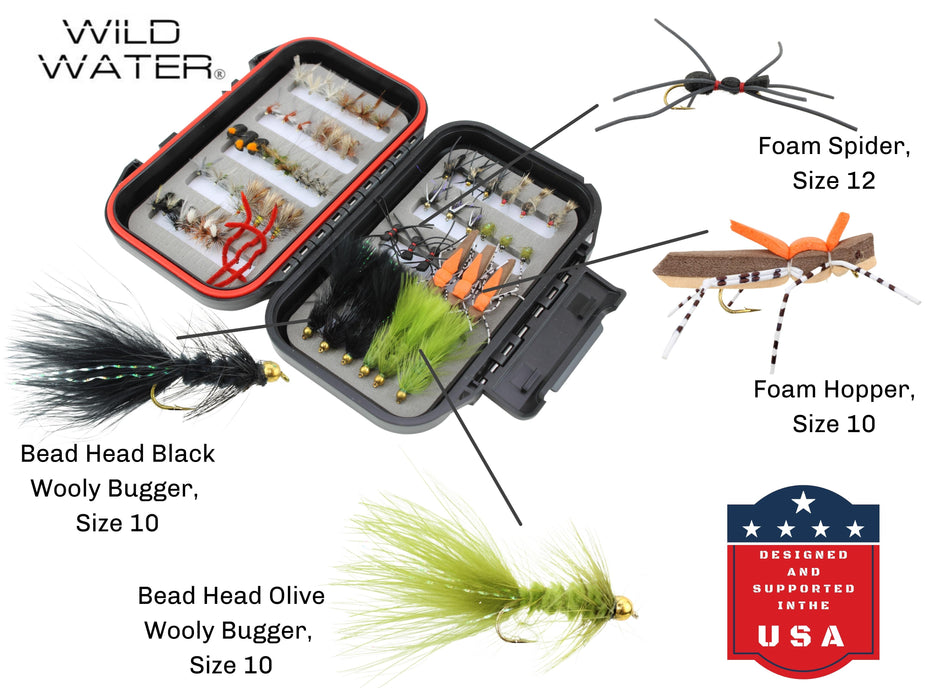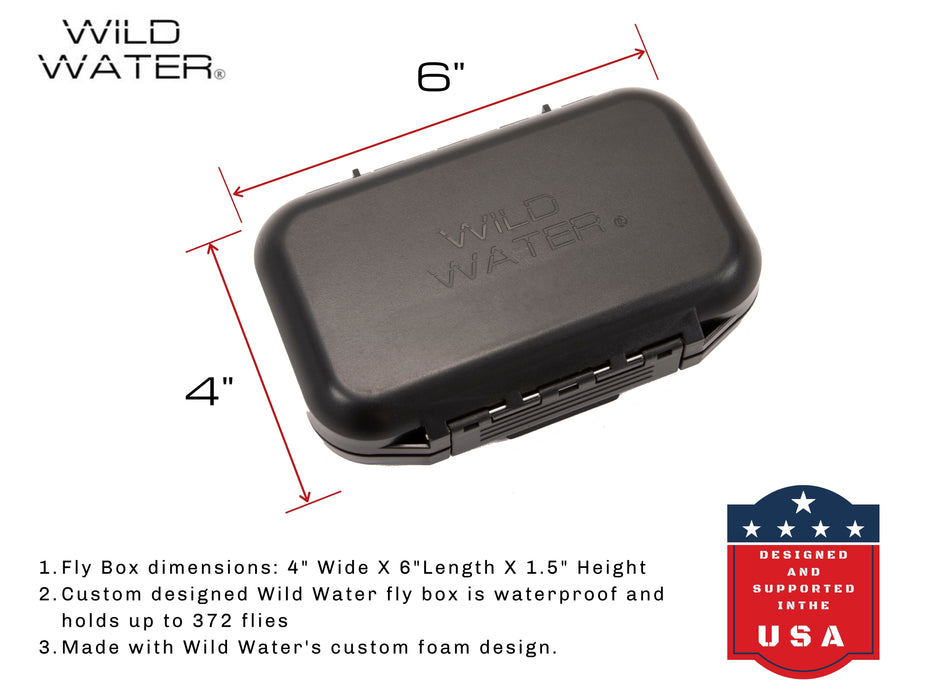Fly casting is the process of transferring energy up through the fly line to cast your fly out onto the water. It’s the weight of the fly line that allows you to cast the fly. The design of your fly line allows you to cast and fish in different ways.
Line Weight:
There are many different types of fly lines, so let’s begin with matching the fly line to the fly rod. The fly rod weight and line weight need to be matched. You want to “match” the fly line weight so that it matches the fly rod that’s designed to cast that specific weight of line. Each fly rod will state on the blank what weight of fly rod it is, and you want the appropriate weight of the fly line to match that. So, for example, if you are going to use a 5-weight fly rod, you’ll be well served using a 5-weight fly line. You can get away with using a 4 weight or a 6 weight line for casting heavier or lighter flies if you like, but a 5 weight line is best. Most fly lines have informational labels that give you the basic specifications. No matter which fly line you choose, it is essential to match that fly line weight with the rod weight to ensure balanced performance.
Floating, Sinking and Sink Tip:
Another factor in choosing a fly line is the type of flies you are using and the type of fishing you like. The kind of fly you use will determine the density of the line – which means whether the fly line floats, sinks, or partially sinks.
Floating freshwater lines are basically made for dry flies, but they can also be used to fish wet flies, nymphs and streamers. Floating lines can be used to fish for almost any type of freshwater fish. Sinking fly lines are designed for deep lakes and deep fast-flowing rivers. Sinking lines are used most successfully with nymphs and streamer patterns. Sinking lines can be made to sink at different rates. Wild Water has sinking, fast sinking and super fast sinking fly lines. Neutral buoyancy, also called intermediate, lines can be used for both. Then there are also sinking tip fly lines. These are lines where only the tip of the fly line sinks, so that the rest of the line floats on the surface of the water where you can easily see it. When the floating part of the line suddenly dips under water, it is either because a fish has taken your fly, or you have hooked some underwater object.
Fly Line Tapers:
Now we’ll discuss fly line tapers. The taper of a fly line plays an important role in how accurately an angler casts. This is rather important in determining whether you catch any fish or get chased from the river empty-handed by a bunch of fish that are laughing behind your back.
The Level Taper (L) fly line is the easiest of all fly line tapers to understand simply because it has no taper. A level taper fly line has the exact same width and weight throughout its entire length. Level taper fly lines are significantly more difficult to cast and control than DT or WF taper fly lines. This is because there is no "heft" to the front of the fly line. Most anglers prefer weight forward tapered lines. For these reasons Wild Water does not offer level fly lines.
The Weight Forward (WF) designation refers to a fly line that is built with additional weight and body in the front section of the fly line. The rest of the fly line is uniform thickness and weight. The weight of the line in the front allows the fly line to cast smoother and farther. Weight forward lines are great in windy conditions or when using heavy flies.
A double taper (DT) line is symmetrically tapered. It is best used for delicate dry fly fishing where presentation takes precedence over distance or power. Also, double taper means that your line is the same at both ends, so if you nick or damage one end of the line, you can always switch and tie the damaged end to your backing and tie your leader to the undamaged end.
Cracking the Code:
The last thing to consider when looking at fly lines is how to decipher the wording on what you are trying to buy. The codes on the fly line packages seem to make no sense at all but once you understand how they work they are pretty informative. The labels for the lines will be written in a string like WF-6-F. This code means that this line has a weight forward taper, is built for a 6 weight fly rod and is a floating line. Another example would be DT-3-F/S. This fly line has a double taper, is for a 3 weight rod and has a sink tip. The sinking rate will be indicated on the box.
Colors:
Finally, in most cases line color doesn’t really seem to much of a difference to the fish, it’s more about you and whether you can see the line or not. Remember, the line is pretty far away from the fly. Fish don't know it's there most of the time. There are people that disagree about this. Wild Water Fly Fishing has clear fly lines for the fly angler that wants the ultimate in stealth.

